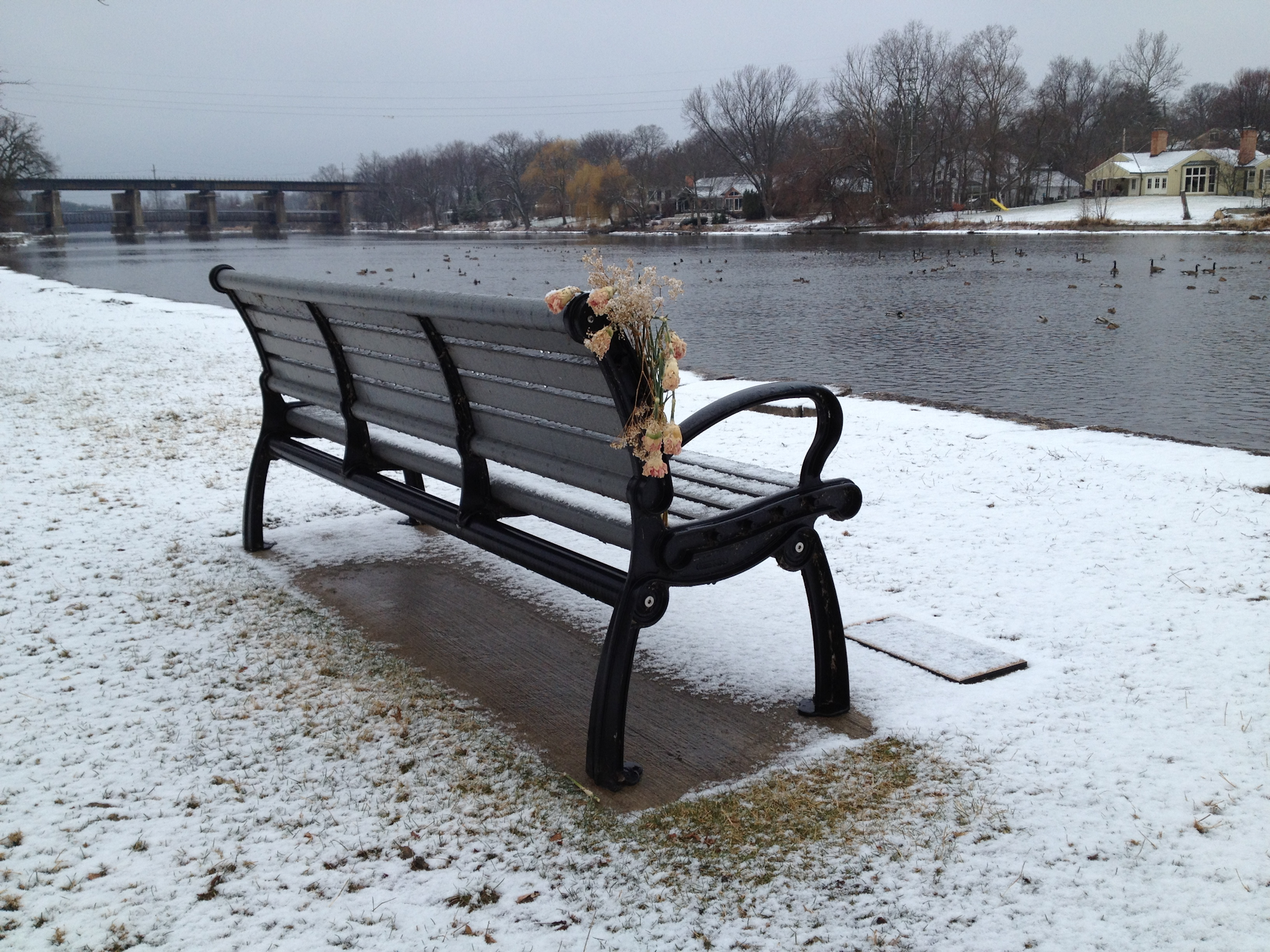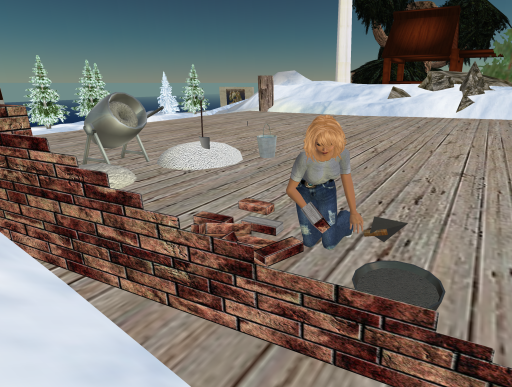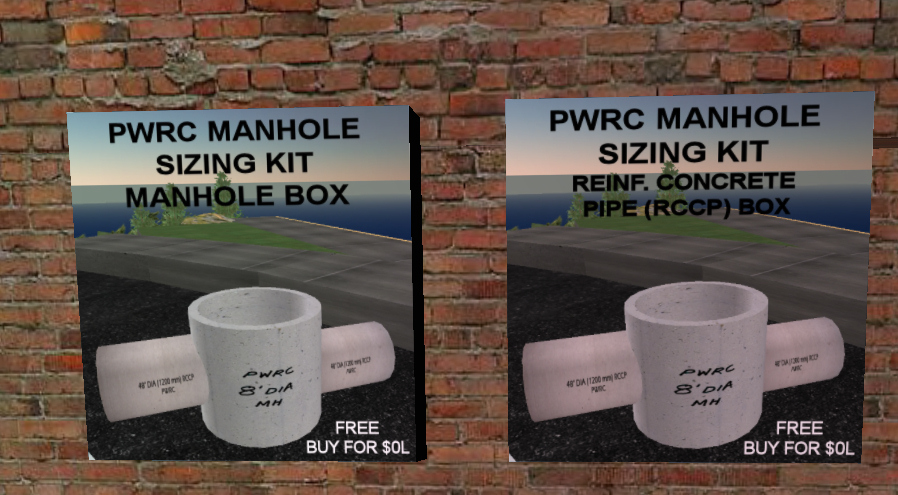Throughout my travels in Second Life, I have seen the impressive vision expressed by people who work for government agencies located in the United States. There are a number of creative and innovative government employees who have seen the potential of using Second Life to better perform their jobs and to reach out to citizens and other government professionals. The builds they have helped create provide an educational and intellectually stimulating location in which to learn and interact with others.
Today I found out that a group of government professionals, in partnership with the University of Washington, has been working with Internet-related technologies other than Second Life to come up with an impressive tool to share knowledge related to pavements. The result has been the Pavement Interactive Wiki. According to the site, “this document (or ‘Guide’ for short) is an Internet-based multimedia document whose primary purpose is to provide a general pavement overview covering all aspects from materials to design to construction to maintenance. It functions as a ‘Collaborative Web site’ that resides on the Internet and requires only a PC/Mac and minimal freeware to access the information.”
The site provides a multimedia and interactive product that engages the design and construction community and offers them training, information, and the ability to collaborate on all pavement-related topics.
Because all the content from a former Web site, Pavement Guide Interactive, was imported to the wiki, there is already a large amount of pavement-related information in the reference section. Other areas of the wiki are “portals” or areas where members of the original pavement consortium can create distinct pages for their agencies. Other groups, such as organizations, can create their own pages for collaboration in the “Groups” area of the site.
Users who register at the pavement interactive wiki can add research and content in the “articles” section. I registered immediately and added this wiki as a resource on our own Public Works wiki under the transportation section of the Public Works in Real Life page.
As a government worker myself, I applaud the leadership, vision, and innovation that continues to be exhibited by engineers and other public works staff employed by federal, state, and local agencies of our government. I figure it is only a matter of time before I can visit DOT, FHWA, and EPA islands in Second Life.



